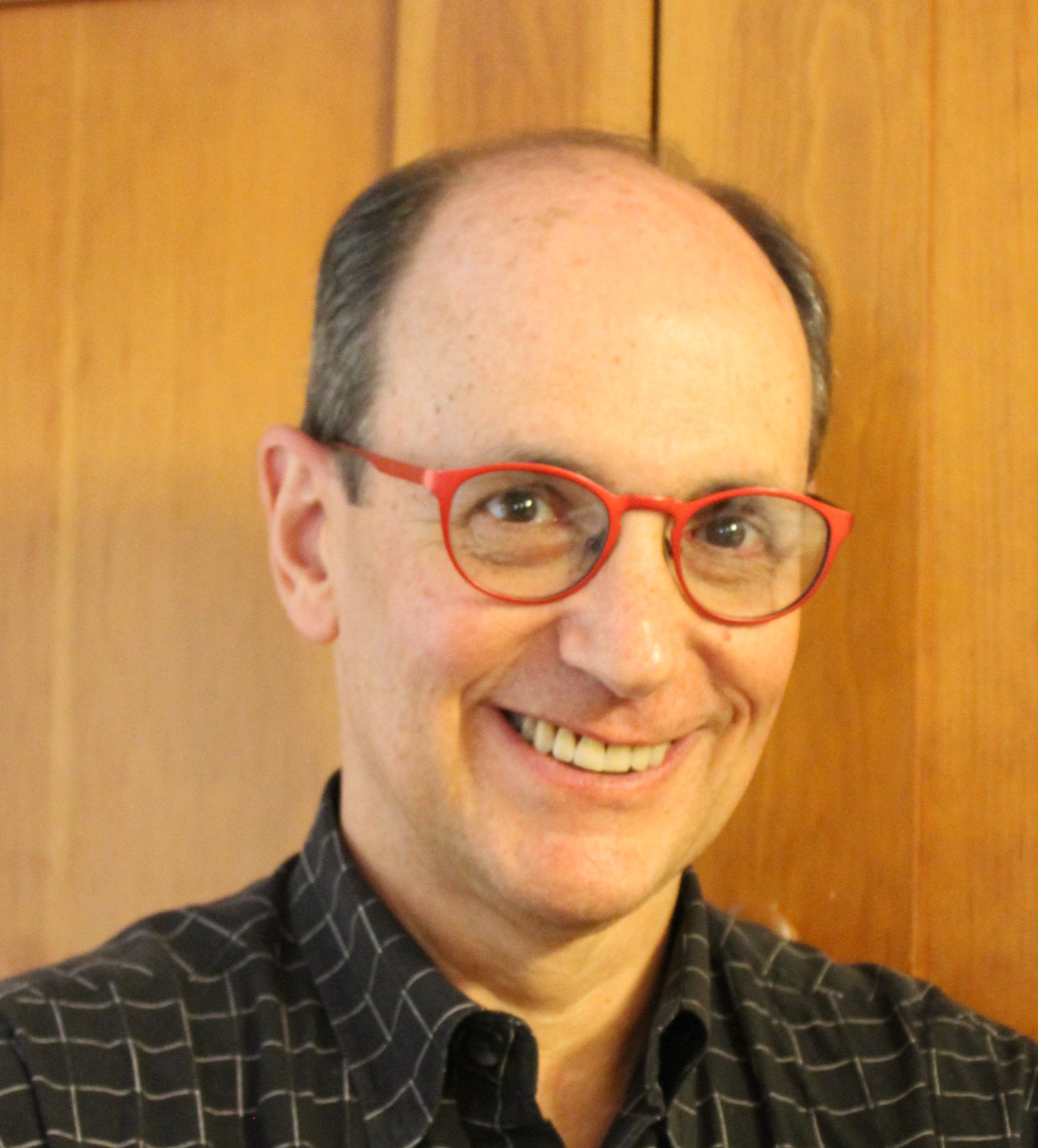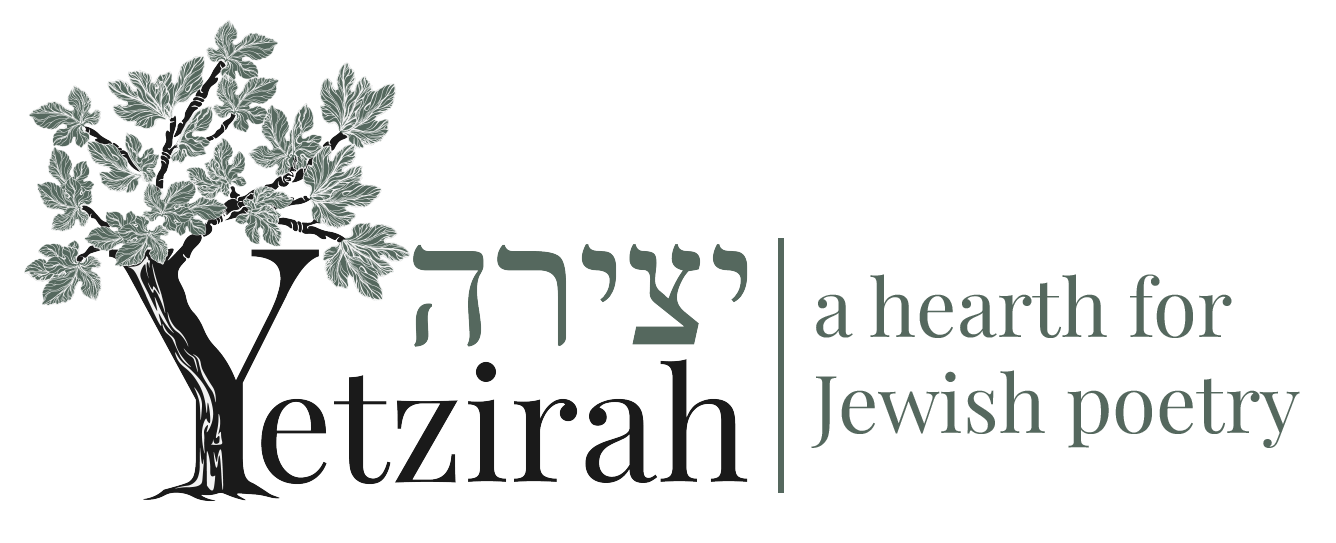
Jay Rogoff
Current City, State, Country
Birth City, State, Country
Biography
Born in New York City and educated at the Bronx High School of Science, the University of Pennsylvania, and Syracuse University, Jay Rogoff is the author of seven books of poetry and a book of poetry criticism. He wrote his first poems at the age of five—Dr. Seuss was his earliest literary influence—and became serious about poetry in high school, encouraged by an enlightened English teacher named Hank Levy. At the University of Pennsylvania, he studied with Daniel Hoffman, M. L. Rosenthal, Joel Conarroe, and Philip Roth, edited the college literary journal Pennsylvania Review, and graduated magna cum laude with a degree in English, in 1975. He also won the university’s annual poetry contest as a sophomore, judged by Stanley Kunitz, and earned an honorable mention in Mademoiselle‘s annual college poetry competition for a sonnet the magazine subsequently printed, his first publication, in 1976.
At Syracuse University, Rogoff wrote poetry under Philip Booth, W. D. Snodgrass, Richard Murphy, and Raymond Carver, earning an M. A. in Creative Writing in 1978, and a D. Arts in English with creative dissertation in 1981. He won the university’s graduate poetry award in 1976 and taught the lower-level undergraduate poetry workshop that fall. He married literature graduate student Annis Grover in 1978, spending that summer working on her parent’s dairy farm in western New York State, and in 1978-79 lived in London as teaching assistant to Syracuse professor Peter Mortensen. In 1980 he began five years of full time teaching, non-tenure-track, at LeMoyne College in Syracuse.
In 1985, Rogoff moved to Saratoga Springs, New York, to take a position as Academic Advisor in Skidmore College’s independent degree program, the University Without Walls, where most of his work entailed advising and administration in the college’s Inmate Higher Education liberal arts program for 150 incarcerated men at the maximum-security Great Meadows and the medium-security Washington Correctional Facilities, both in Comstock, New York. That fall, he and Annis separated; they divorced in 1987.
In the meantime, Rogoff continued writing and publishing poetry widely, in such journals as Agni, The Georgia Review, The Hudson Review, The Kenyon Review, Ploughshares, Salmagundi, and The Yale Review, among many others. In 1989, he enjoyed residences at both the MacDowell Colony and Yaddo; he would visit MacDowell again in 1997, and Yaddo numerous times over the next twenty years. In 1994, the Word Works selected his book-length manuscript, The Cutoff: A Sequence, as winner of the Washington Prize for Poetry; a series of poems in the voice of a minor league baseball player, it appeared in 1995, his first book publication.
In 1995 Skidmore College terminated its Inmate Higher Education Program, having lost program funding because of changes in the political climate in Washington and Albany. Rogoff began teaching part-time, one semester per year, in Skidmore’s Liberal Studies Program and then in the English Department, where he taught a variety of writing courses, poetry courses, and introduction to Shakespeare. He continued in this vein until he retired from teaching at the end of 2018.
Rogoff’s second book, How We Came to Stand on That Shore, appeared in 2003 from River City Publishers, chosen by poet Andrew Hudgins for the press’s poetry series. It contains a series of poems about his family’s immigrant experience, as well as “First Hand,” a sequence of poems inspired by his work on his former in-laws’ dairy farm. He continued to publish poetry and review-essays in a variety of journals and became a regular contributor to The Southern Review. In 2008 his third book, The Long Fault, obsessed with history and mortality, initiated his publishing relationship with Louisiana State University Press, which has brought out four more collections of his poetry: The Art of Gravity (2011), Venera (2014), Enamel Eyes, A Fantasia on Paris, 1870 (2016), and Loving in Truth: New and Selected Poems (2020), in addition to his book of poetry criticism, Becoming Poetry: Poets and Their Methods (2023).
In the late 1990s, Rogoff began writing about dance, first in his poetry (the poems eventually collected in The Art of Gravity), then as a reviewer of books on the art for such journals as The Georgia Review, The Kenyon Review, and The Southern Review. From 2007 through 2018, he reviewed dance for his local newspaper, The Saratogian, and from 2009 through 2021, he was the dance critic for The Hopkins Review. Beginning in 2010, he frequently contributed reviews, book reviews, and interviews with dancers and dance world figures to Ballet Review, continuing until the magazine folded in 2020.
Since 1989, Rogoff has been the life partner of art historian Penny Jolly in 1989; they married in 1994. The marriage has rewarded him with two stepchildren and five grandchildren. It has also entailed a good deal of travel and many hours in museums, all of which has contributed to his poetry.
He continues to live and write in Saratoga Springs and is a Research Associate in English at Skidmore. He is working on a long poetic sequence, and on a book on the inner life as expressed in the ballets of George Balanchine.
What is the relationship between Judaism and/or Jewish culture and your poetry?
Jewish culture for me is an inspiration and a subject for poetry. My second book, How We Came to Stand on That Shore, details my Jewish ancestors’ immigrant experience in ways often fanciful but occasionally drawing on family legends and even, at times, some factual information. Some years ago, I began working on a series of faux naif poems called “Side Issue,” which deal with the Book of Genesis in a voice that borrows somewhat from W. H. Auden, somewhat from Stevie Smith. The full sequence appeared in the “New Poems” section of Loving in Truth: New and Selected Poems, which has on its cover Lorenzo Maitani’s depiction of the Birth of Eve from his Orvieto Cathedral reliefs. The tragedies of twentieth century Jewish history influenced several poems in my book The Long Fault, seen through the lens of my travels through Europe and witnessing how Germany, the Czech Republic, and other countries deal with the Holocaust decades later. Those poems include “Book Burning,” “The Hildesheim Doors,” and “The Old and New Cemeteries.” A recent poem, “A Bolt in Berlin,” takes as its subject a partially used roll of yellow fabric printed with stars of David, on display in that city’s Jewish Museum. Judaism therefore continues to influence my work, not from any sense of personal faith (I am an atheist), but from a sense of membership and kinship.
Published Works
Poetry
Loving in Truth: New and Selected Poems (Louisiana State University Press, 2020)
Enamel Eyes, A Fantasia on Paris, 1870 (LSU Press, 2016)
Venera (LSU Press, 2014)
The Art of Gravity (LSU Press, 2011)
Twenty Danses Macabres (chapbook; Spring Garden Press, 2010)
The Long Fault (LSU Press, 2008)
How We Came to Stand on That Shore (River City Publishing, 2003)
Venera (handmade artist’s book by Kate Leavitt, Green Eye Press, 2001)
First Hand (chapbook; Mica Press, 1997).
The Cutoff: A Sequence (Word Works, 1995)
Criticism
Becoming Poetry: Poets and Their Methods (LSU Press, forthcoming 2023)
Author Site
Links to Sample Works
Video Reading
Current Title
Education
University of Pennsylvania, B. A., English, magna cum laude, 1975
Syracuse University, M. A., Creative Writing, 1978
Syracuse University, D. Arts, English (creative dissertation), 1981
